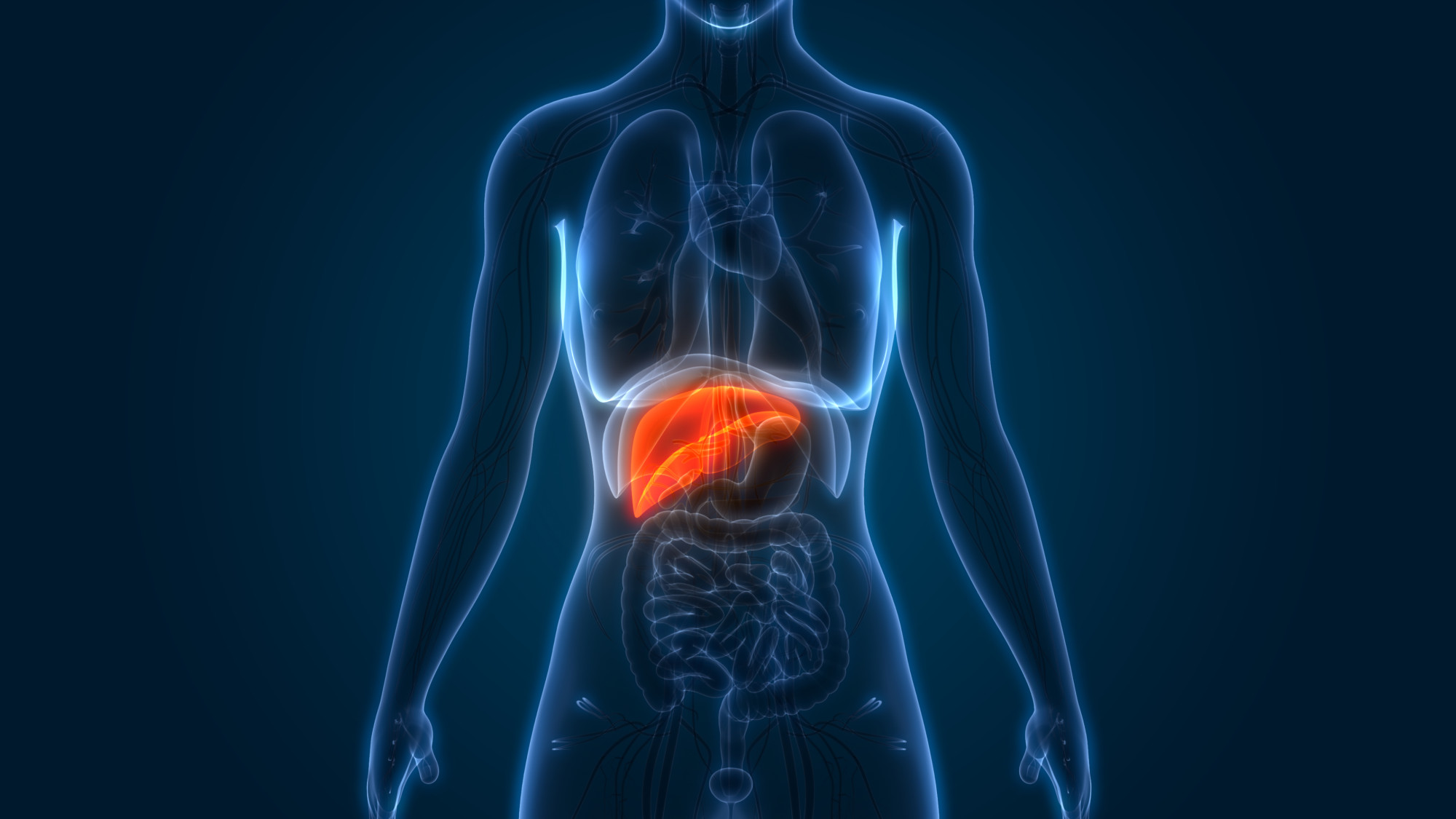
How your liver keeps you healthy and how hepatitis vaccinations and a good diet can protect it
- The liver plays an outsize role in safeguarding our health – and the ways we can protect it
- The liver is the only human organ that can regrow or regenerate; but it’s not indestructible. Alcohol abuse may cause irreparable scarring
The body’s largest organ, the liver, weighs about 1.5kg (3.3lbs) in a healthy adult. And if we take good care of it, the liver can be extraordinarily resilient, says Dr Paul Ng, a specialist in gastroenterology and hepatology in Hong Kong.
That resilience is key, given the liver is the big old factory of the body. Consider that:
-
it acts as energy storage when we sleep (or fast);
-
it’s an effective detox unit, as it sifts out and excretes poisons from our bodies including alcohol and drug by-products;
-
it manufactures bile which helps break down fats;
-
it supports our immune system; and
-
a recent study suggests it might even help the brain understand when our stomachs are full.
That study, by Yale University in Connecticut, supports the hypothesis that our brain’s cerebral cortex is affected by different organs in the body, not just the other way around.

The liver manages this great range of functions through a slew of different cells which perform different roles.
The biggest and most prolific are hepatocytes, which help manage our energy levels. Kupffer cells, or “guardian” cells, destroy foreign bacteria.
Chinese herbs for sleep: how TCM can stop your liver ruining your rest
Star-shaped hepatic stellate cells store vitamin A, and are part of a production team that make the proteins that support the liver’s structure. The sinusoidal endothelial cells cover the liver’s abundant blood vessels.
Under normal circumstances the liver’s cells sit quietly, not dividing or growing. But when under attack from illness or injury, they are galvanised into action and change and divide until normality is restored.

Dr Ng recalls the story of a liver that Hong Kong surgeons transplanted from one hepatitis B sufferer to another. It had been transplanted into the donor 11 years ago, so in the end, he points out, “a single liver sustained three lives”.
What makes the liver so resilient? Its two lobes are made up of thousands of hexagonal lobules, each of which has three zones. Zone 1 is closest to where the liver’s generous blood supply enters the lobule. Zone 3 is near where it drains back out. Zone 2 is sandwiched in the middle – and that’s where it is thought the cells involved in regeneration live, sheltered from injury and the toxins which damage the liver. They are in prime position to get to regenerative work quickly.
The liver is resilient – but not indestructible. Think of liver repair in terms of superficial wound healing on the surface of the body, where a scar forms on the skin. If the liver becomes too scarred, it won’t work properly and it will be unable to heal itself further.
Mystery hepatitis outbreak in children ‘not linked to Covid-19’
According to the World Health Organization, a million deaths a year are caused by hepatitis B and C, and there more than 9 million people receiving treatment for chronic hepatitis C infection. World Hepatitis Day, on 28 July, was created to raise awareness of viral hepatitis.
Ng says: “They usually don’t cause long-term problems and patients usually recover completely. Hepatitis A is now preventable with a very effective vaccine; a vaccine against hepatitis E is in development.”

Both hepatitis B and C are now considered treatable, with complications including cirrhosis and liver cancer largely preventable. The treatments are safe and effective in most patients, Ng says. Hepatitis B is preventable with an effective vaccine, which is given to newborns in most countries with a high rate of hepatitis B, including China.
This is encouraging, but there is no time for complacency. Ng notes that doctors in developed countries are seeing lifestyle liver diseases emerging as more common causes of liver failure.
One year without alcohol: how my life has changed
Its usefulness, explains Ng, is in “bridging” the worst period. Either the disease is self-limiting and will pass, or the patient gets a more permanent fix through a transplant. Until then, Mars removes toxins bound to albumin, which tend to accumulate quickly in liver-failure patients.
So our livers are forgiving but they will not endure long-term abuse. They will support you if you support them.

7 ways to safeguard your liver
The American Liver Foundation provides this list of key tips to keep you and your liver healthy.
1. Maintain a healthy weight to avoid non-alcoholic fatty liver disease. That means a healthy diet – plenty of good fats, oily fish, nuts and seeds and no saturated fats – and regular exercise.
Middle-age weight gain is avoidable – but you have to put the effort in
2. Avoid toxins. Toxins injure liver cells. They include cleaning and aerosol products, insecticides, chemicals, and food additives. They also include illicit drugs, and over-the-counter drugs, like painkillers when used irresponsibly or excessively.
4. Avoid contaminated needles. Dirty needles aren’t only associated with intravenous drug use. Needles are used for tattoos and body piercings, too, and, of course, in medicine. Only use new, clean needles.

5. Don’t share personal hygiene items. Razors, toothbrushes and nail clippers can carry microscopic levels of blood or other body fluids that may be contaminated and capable of contamination.
6. Practice safe sex. Unprotected sex or sex with multiple partners increases your risk of hepatitis B and hepatitis C.
7. Get vaccinated. There are vaccines for hepatitis A and hepatitis B. There’s no vaccine against hepatitis C.

